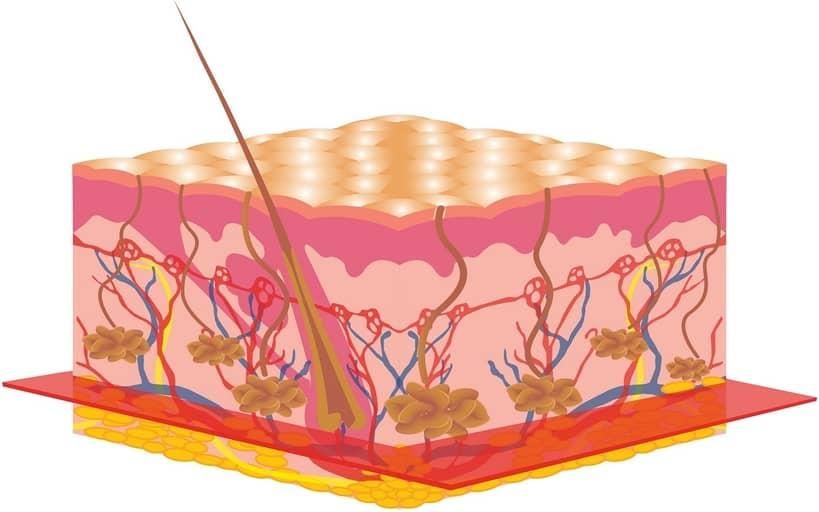Eccrine glands generate sweat in reaction to heat, exercise, fever and stress. There are two to four million eccrine glands distributed over the entire body’s surface; however, there are more found on the palms, soles and forehead. The eccrine glands are not connected to a hair follicle like the apocrine glands; they have a duct and pore through which secretions are brought to the skin’s surface. These glands are more active when the body is doing something physically active. Eccrine sweat does not contribute to body odour.
Apocrine glands produce those body odours that e like to camouflage. They are tiny, coiled structures attached to the hair follicles found under the arm, in the genital and perianal areas and around the belly button and nipples. After puberty, they secrete a milky, viscous fluid due to stress, surprise and fear or during intercourse. Although this secretion is odourless when first released, the skin’s surface bacteria rapidly feed on the apocrine fats to produce an unpleasant body odour.
Sweat evaporates off the skin so the body is cooled. This occurs because the nerves are activated to send messages to the sweat glands. Minute muscles around the
sweat glands contract so that perspiration is pumped out onto the surface of the skin. Meanwhile, blood rises towards the surface of the skin, where the cooled skin lowers the temperature of the blood and creates a cooling cycle.





